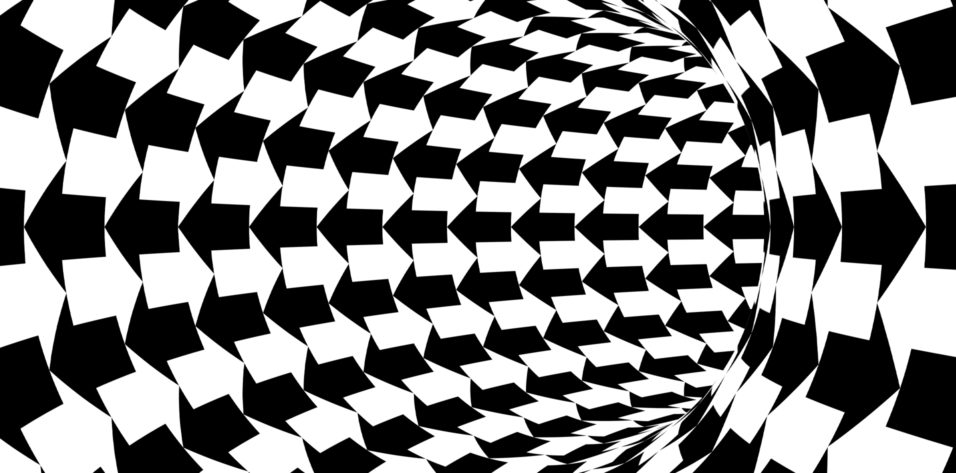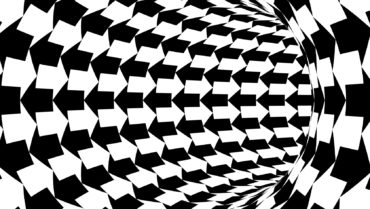Pilocarpine was a mainstay of medical glaucoma therapy before the advent of prostaglandin analogues in the 1990s. The drug was effective for achieving significant IOP reductions in several groups of patients, including those with primary open-angle glaucoma, pigmentary glaucoma, steroid-induced glaucoma, and even angle-closure glaucoma.
Because of its short half-life, pilocarpine typically had to be administered four times per day; this dosing schedule placed a significant burden on patients and resulted in challenges with compliance. Further, high concentrations (4% and higher) of pilocarpine were used to treat glaucoma. With these concentrations dosed frequently over time, prolonged pupillary constriction and poor dilation accompanied pilocarpine’s early use. Understandably, the drug fell out of favor when newer classes of medication with longer durations and better tolerability emerged on the scene.
BACK—BUT DIFFERENT
In 2021, the FDA approved the first pharmacologic solution for presbyopia. Vuity (pilocarpine HCl ophthalmic solution 1.25%, Allergan) is a low-concentration formulation of pilocarpine in a customized vehicle with proprietary technology designed to optimize its delivery.
Vuity does not tend to constrict the pupil as tightly as concentrations of pilocarpine used four times daily in the past. Movement of the iris or the pupil in general is still possible. Additionally, Vuity’s duration of action is up to 6 hours. Because the pupil returns to its native state daily when the drug wears off, the risk of chronic pupillary constriction theoretically should be lower than with past use of pilocarpine.
The vehicle for pilocarpine delivery in glaucoma was not optimized for absorption and patient comfort. With any drug, the vehicle can play a pivotal role in its bioavailability, tolerability, and overall efficacy. Manufacturers are forced to place pilocarpine in an acidic environment to maintain its stability and concentration (bioavailability). As a result, patients with glaucoma experienced significant burning, hyperemia, and even headaches with the use of pilocarpine. With the vehicle technology in Vuity, the drug rapidly adjusts the physiologic pH of the tear film once instilled; this increases corneal penetration, thereby allowing for less drug to reside on the surface, and thus increases safety and decreases tolerability issues.1-3
A COMMON THREAD
With the pilcoparine used today, advances in design and delivery have lowered the side effect profile and have enabled a lower concentration of drug to be used while allowing the pupil to regularly return to its native state. These nuances are important to differentiate between pilocarpine for glaucoma and pilocarpine for presbyopia.
As with all treatments, it is important to set appropriate patient expectations for tolerability and treatment effect with Vuity. I tell patients that it might take about a week before they experience that desired range of vision because the brain needs time to adapt to the smaller pupillary aperture.
Repurposing medication for different conditions or diseases is a common thread in the history of medicine, but advances in formulation and delivery can have a significant impact on patients’ experience and compliance.
1. Price FW, Hom M, Moshirfar M, et al. Combinations of pilocarpine and oxymetazoline for the pharmacological treatment of presbyopia: two randomized phase 2 studies. Ophthalmol Sci. 2021;1(4):100065.
2. Anderson RA, Cowle JB. Influence of pH on the effect of pilocarpine on aqueous dynamics. Br Ophthalmol Sci. 1968;52:607-611.
3. Irimia T, Ghica MV, Popa L, et al. Strategies for improving ocular drug bioavailability and corneal wound healing with chitosan-based delivery systems. Polymers. 2018;10(11):1221.



